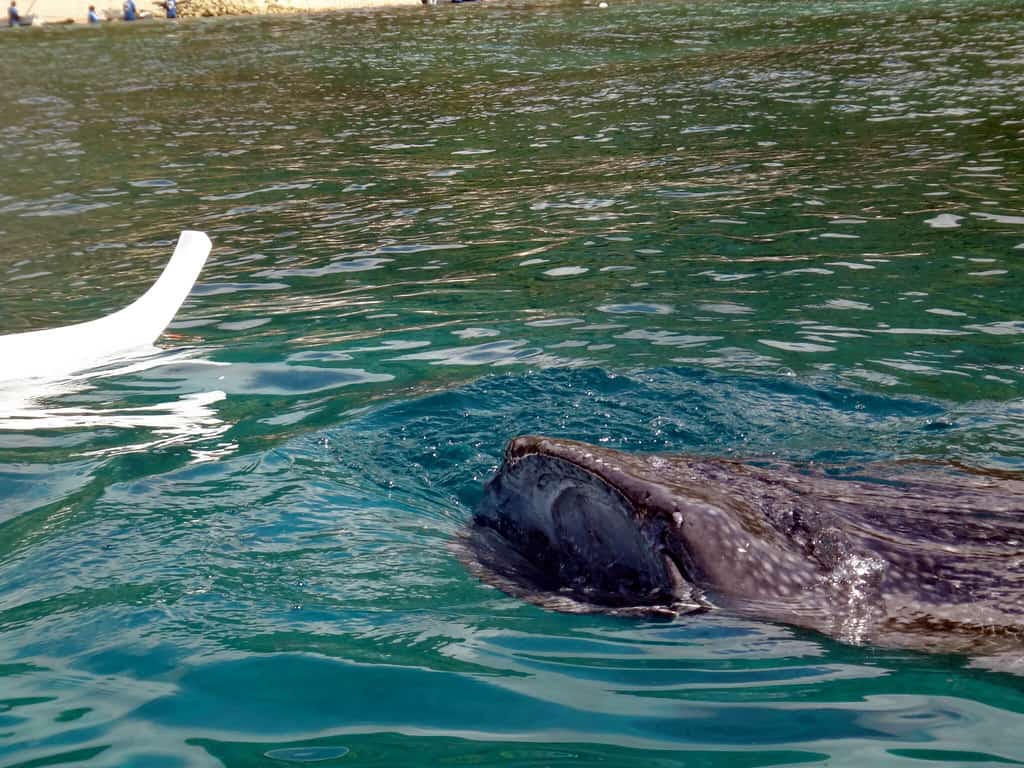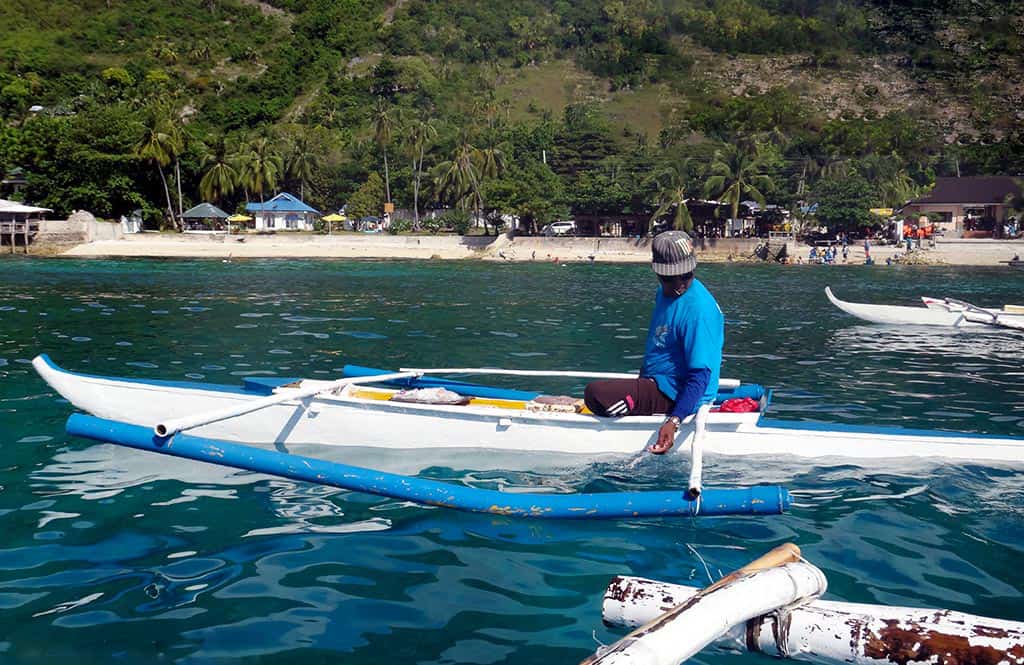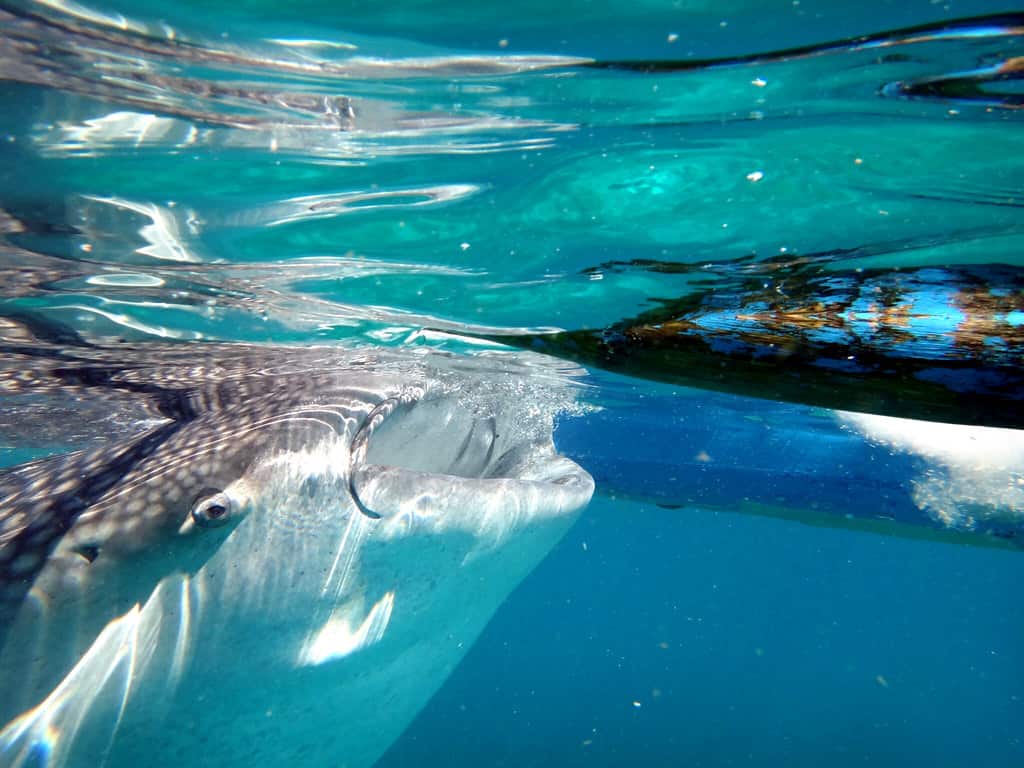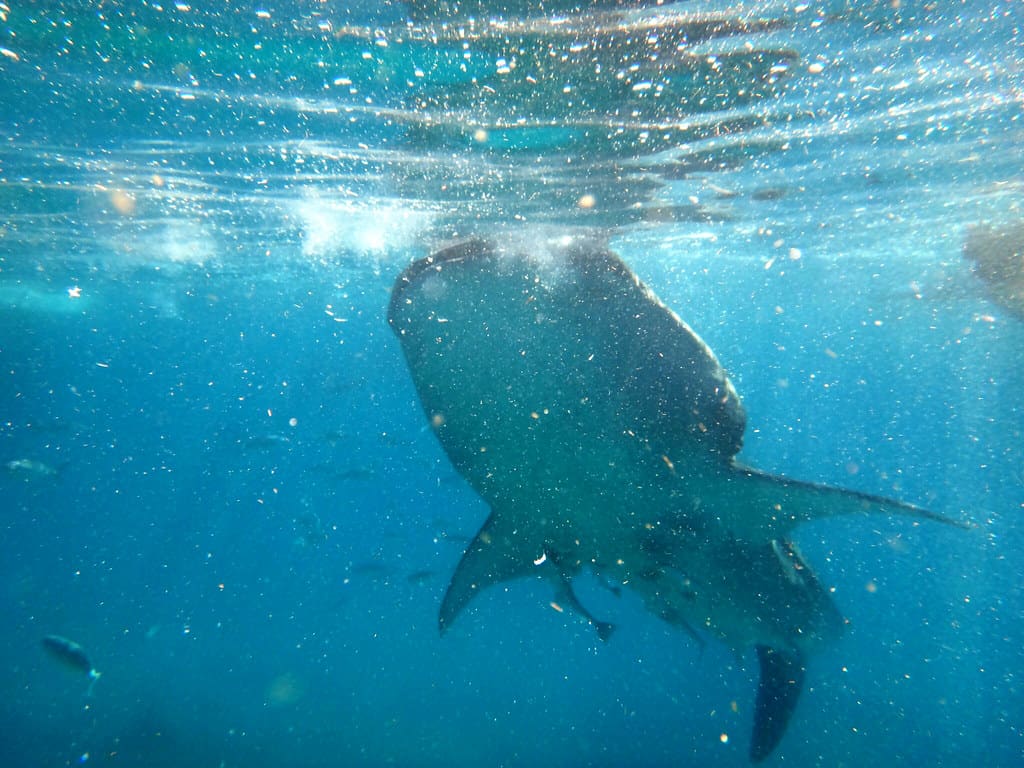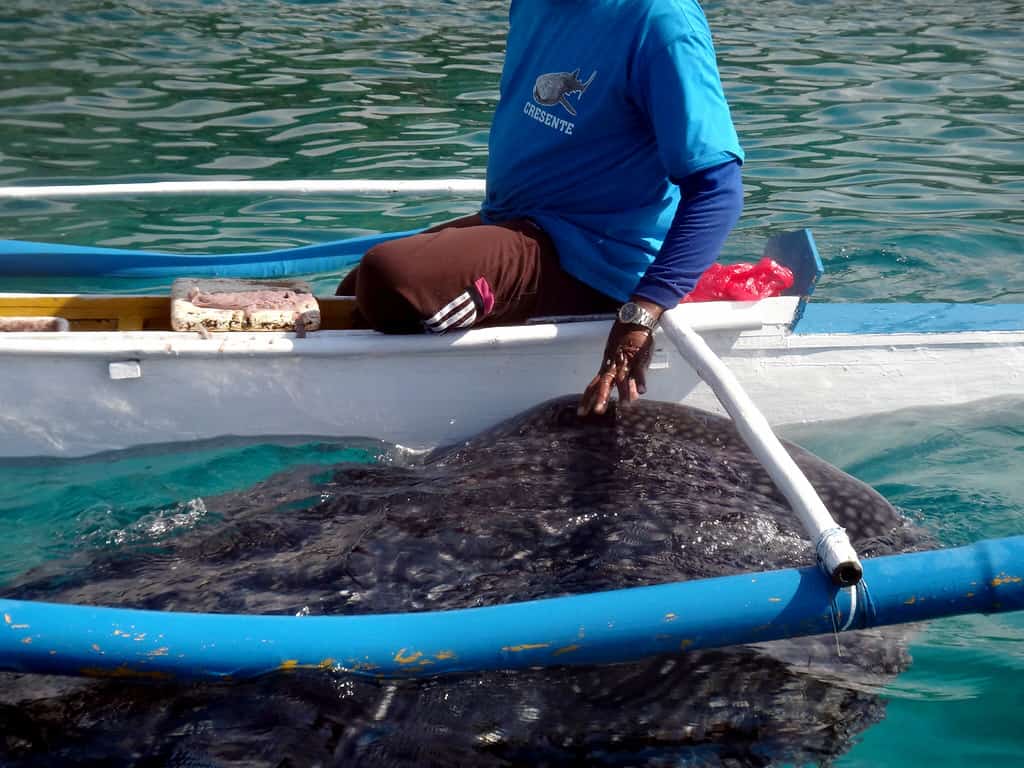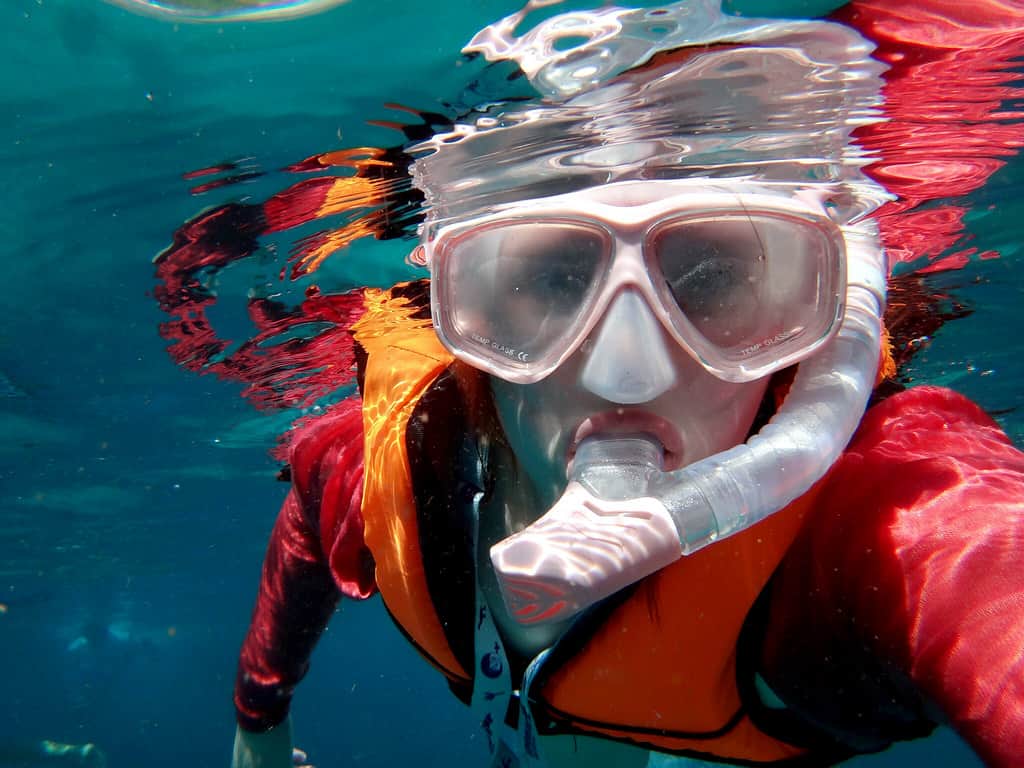Phillippines
SWIMMING WITH WHALE SHARKS IN OSLOB, IS IT ETHICAL?
Osaka Kaiyukan is an aquarium famous around the world because of it’s star attraction, Ten-chan, a giant whale shark. It was there that I first ever saw a whale shark, let alone heard of one, but I was hooked. There is something awe-inspiring about these magnificent creatures who are as big as a bus, yet somehow glide effortlessly through the water.
When I heard that whale sharks can be spotted near Cebu, I knew we had to try our hardest to see them during our visit.
It actually started just a couple of years ago in 2011 when word got out about the whale sharks in Oslob. Since then people have been flocking by the hundreds to swim with the world’s largest fish.
While it’s great that people want to encounter whale sharks first hand, any ecotourism industry is not without challenges, so it’s no surprise that whale shark tours have become a controversial subject in the Philippines.
The whale shark tourism industry has created a better life for many local residents. Workers can end up taking home the amount they use to make monthly in a single day, which is evident by all of the new brick houses popping up along the coast.
So workers are happy, tourists are happy– what’s the problem?
The problem is responsible and sustainable tourism. Is it right to be baiting the sharks? Is it ethical to be exploiting wild animals for tourism? Most biologists will agree that the practices at Oslob are anything but natural.
Unlike whale shark excursions in other parts of the world, where tourists are taken in groups to chase them down by boat, the whale sharks in Oslob stay in one place because the fisherman feed them daily, at around 10% of their overall daily diet.
While the issue of motorboats injuring the whale sharks may have been taken away, the feeding is a whole other issue.
Local fisherman paddle out in canoes and begin chumming the water with small shrimp each morning at 6am. Generally there are around eight sharks each day, but some days they have seen up to 20. The fisherman will stay out, continually feeding the sharks until noon. It is during these hours that tourists pay to interact with the baited sharks.
The area in which you can interact with the whale sharks is about, maybe, 250 feet from the shore. It is deep enough for the sharks to swim comfortably, but still closer than they would normally come to shore. The sharks, of course, swim there on their own accord, and are free to leave, but knowing they’ll get free food, it’s no surprise they don’t.
Biologists are afraid that the feeding will create long-term problems in the future. They are worried about wild animals becoming dependent on people for food and that they will lose their natural wariness of people due to the constant close interaction.
Animal rights groups have begun popping up trying to stop this practice, or at least to have it regulated. Research has begun being conducted in order to evaluate the effects of tourism and to help the government manage the whale shark tourism industry.
Prior to our arrival we had heard so many different stories: it’s horrible, the tours go unregulated, no, the government has stepped in to regulate the practices, or don’t worry, the fishermen are no longer allowed to bait the sharks. We had to see for ourselves what was going on.
As we arrived the beach was packed with people. We registered as tourists and were put through a mandatory briefing.
No touching.
No wearing sunscreen.
Maintain a 4-meter distance at all times.
Once the informational session ended, we grabbed our stuff and were lead to a small canoe. Our guides hurried us along and quickly paddled us out to one of the only vacant patches of open water. Instantly we noticed boats of fisherman with bags of krill aboard, constantly chumming the water.
So much for being told that the fishermen are prohibited from baiting the sharks. Pausing to take in the situation, our guides began yelling at us “go, go, go”, since each tourist is only given 20 minutes to swim, and our clock had already begun ticking.
As we jumped into the blue water, we realized it was anything but clear. There was so much chum floating around, it made the water dark and murky.
The boats themselves don’t seem to pose threat to the whale sharks as there are no motors or sharp parts. Some of them often nudged the boats, bashing into it with their head, signaling that they wanted more shrimp to be thrown to them.
They genuinely seemed to be treated well and the tourists all seemed to mind the rules and 4-meter restrictions– although there was no control on how close the shark could get to tourists. Often I would turn around to suddenly see a shark swimming towards me, nearly hitting me with his giant tail. It was quite exhilarating.
The main issue at hand really is the reliance of the whale sharks and minimizing the environmental impact of the tourism industry. As there is no hard pressed evidence that this practice is unethical or harming the sharks, it is good to at least be educated that these concerns exist. While tourism is beginning to play an important part in the livelihood of many developing countries, it is also important to realize that it needs to be condoned in a sustainable way.
Regardless, getting up close with these gentle giants was a surreal experience– one I’m glad to say I’ve done.

